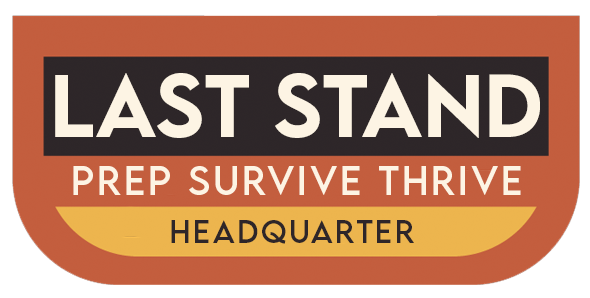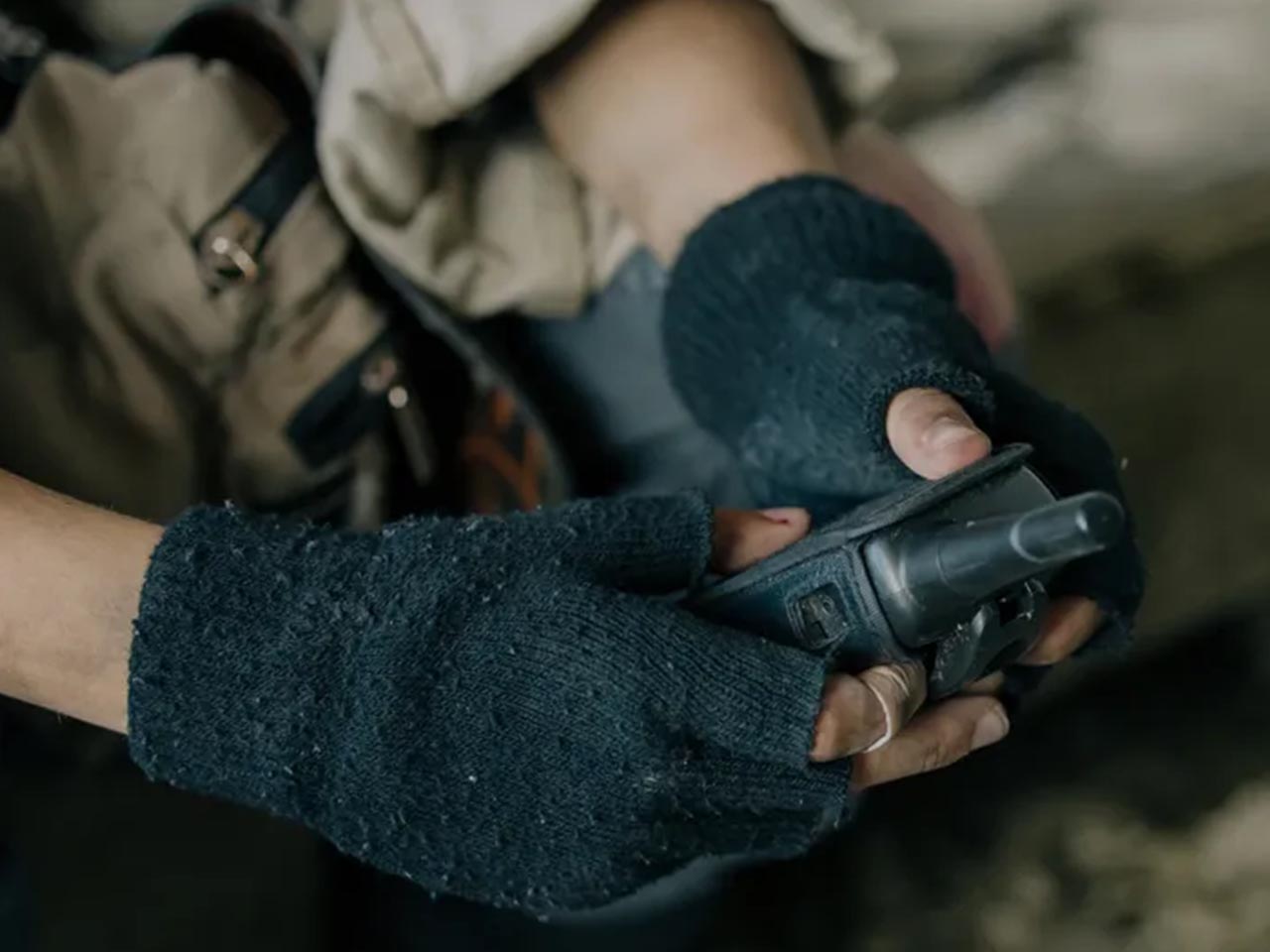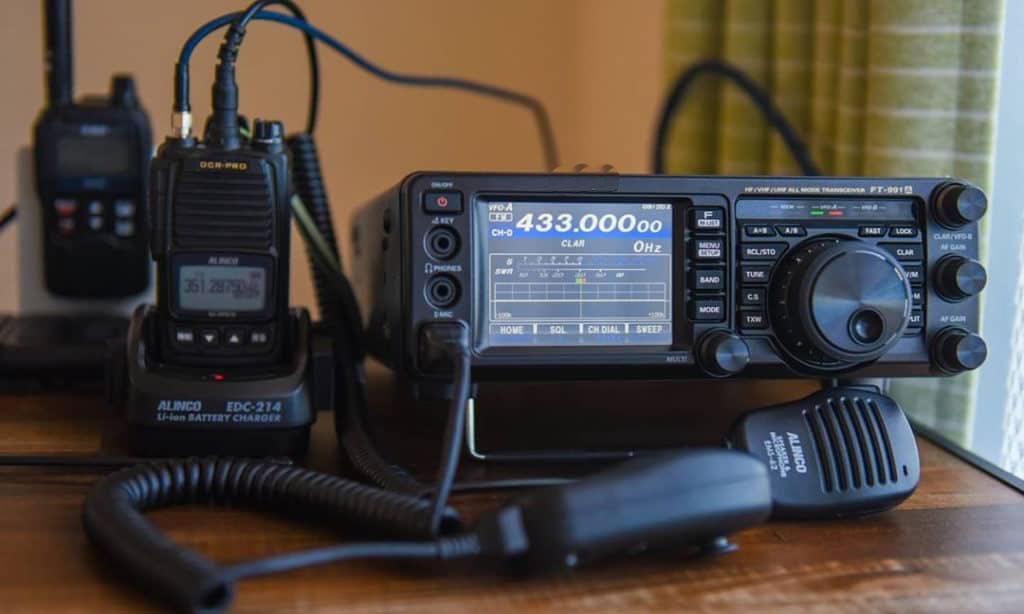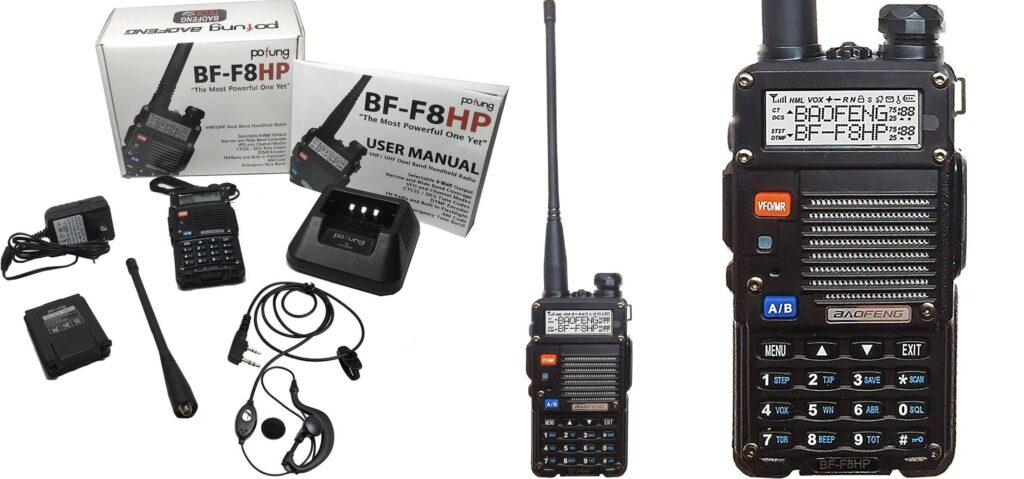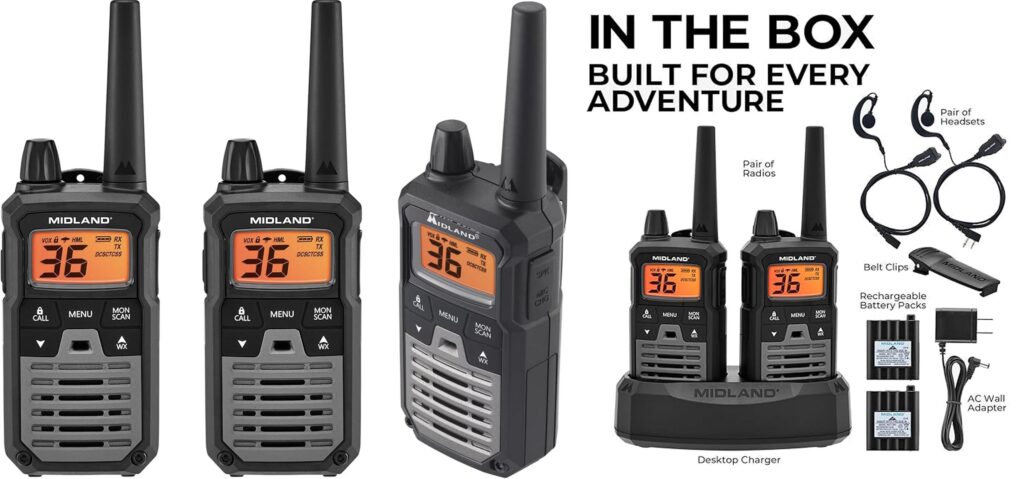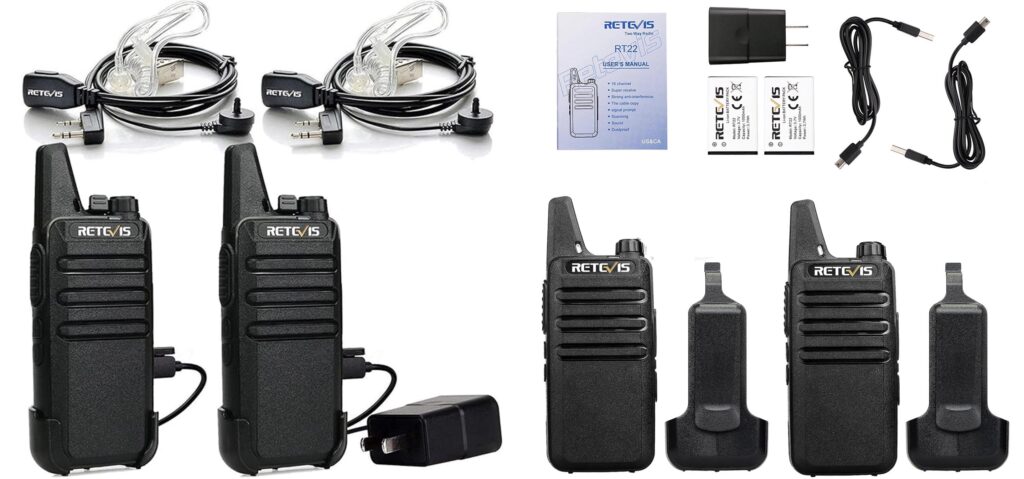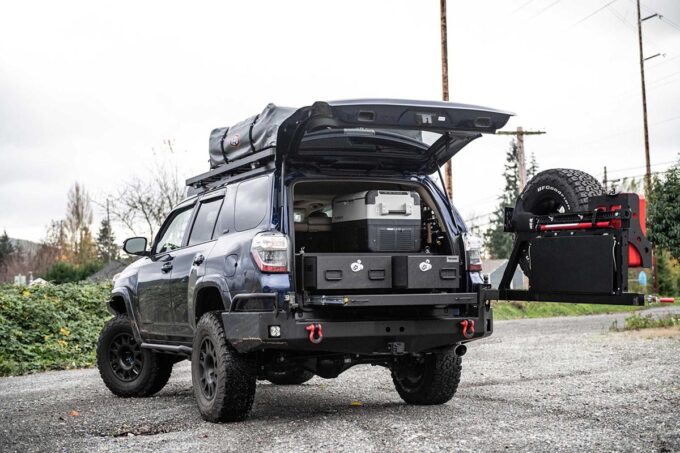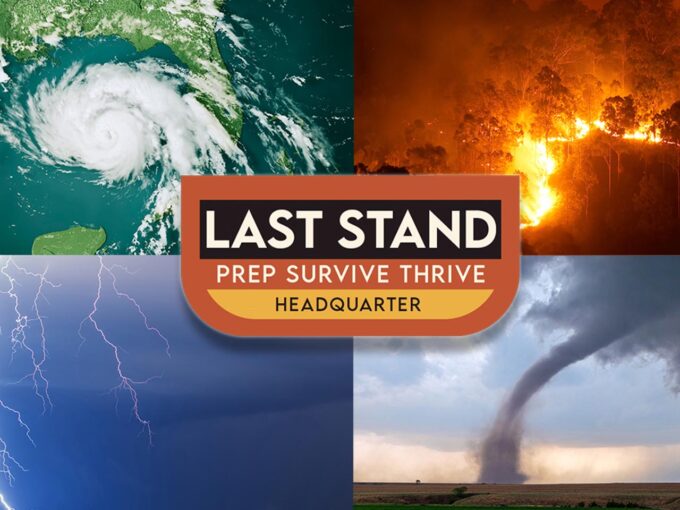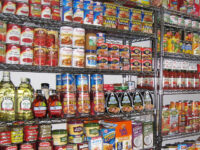A radio ain’t just a toy it’s your voice in the chaos. Here’s the crash course:
- Basics: Most handheld radios (like a Baofeng UV-5R) are push-to-talk (PTT). Press the button to transmit, release to listen. Both you and your crew need to be on the same frequency and, if used, the same sub-tone (CTCSS or DCS codes) to avoid crosstalk.
- Power Up: Flip the switch, check the battery keep it charged or pack spares. Solar chargers or crank power are prepper MVPs.
- Tuning In: Use the dial or keypad to set your frequency or channel. Start with something simple like FRS Channel 1 (462.5625 MHz) for short-range chatter.
- Talking the Talk: Keep it short and sharp think “This is Jake, all clear, over.” No rambling; dead air wastes battery.
- Range: Line-of-sight is king. Hills, buildings, or trees cut your signal, so get high if you can.
State-Specific Frequencies: What to Program
In the U.S., radio rules are set by the FCC, and your state doesn’t change the core bands much but local prepper groups and emergency services do. Here’s what to lock into your rig:
- FRS/GMRS (Family Radio Service/General Mobile Radio Service): License-free FRS channels (1-22) are good for short-range (1-2 miles), no fuss. GMRS needs a $35 license but pumps out more power (up to 50 watts) and range (5-20 miles with a repeater). Key frequencies:
- FRS Channel 1: 462.5625 MHz (everywhere, no license)
- GMRS Channel 15: 462.5500 MHz (license needed, repeater-capable)
- HAM Radio (Amateur Radio): If you’re serious, get your HAM license (Technician class is easy). Bands like 2-meter (144-148 MHz) and 70cm (420-450 MHz) are gold for preppers. Each state has active repeaters check arrl.org for your local repeater directory. Example:
- California: Try the WIN System repeaters (146.790 MHz, LA area).
- Texas: Lone Star repeaters like 147.180 MHz (Austin).
- CB Radio (Citizens Band): No license, 40 channels, 27 MHz range. Channel 9 (27.065 MHz) is the universal emergency call truckers and rural preppers live on this.
- MURS (Multi-Use Radio Service): License-free, 5 channels (151.820-154.600 MHz). Great for rural ops, less crowded than FRS.
Pro Tip: Google “<your state> emergency radio frequencies” or hit up X for local prepper chatter. Program at least 10 channels into your radio based on your AO (area of operation).
Universal Frequencies: Coast-to-Coast Comms
Yeah, there are some “global” U.S. freqs every prepper should know think of ‘em as the prepper handshake:
- CB Channel 9 (27.065 MHz): Nationwide emergency channel. If SHTF, someone’s listening.
- FRS Channel 1 (462.5625 MHz): De facto short-range rallying point no license, everywhere.
- GMRS Channel 20 (462.675 MHz): Often used with repeaters for broader reach; prepper groups love it (license required).
- HAM 146.520 MHz (2-meter calling frequency): The “hello” channel for licensed HAMs nationwide. Post-apocalypse meetup spot.
Watch Out: Radio Pitfalls
- Legal Stuff: GMRS and HAM need licenses. Unlicensed high-power use can jam critical channels and bring the FCC knocking (if they’re still around).
- OPSEC: Don’t broadcast your exact location or plans assume everyone’s listening. Use code words like “Rendezvous Alpha” instead of “My bunker at 123 Pine St.”
- Interference: Solar flares, weather, or enemy jamming can kill your signal. Have a backup band ready.
- Battery Life: Transmitting eats juice fast. Low-power mode for chit-chat, high-power only when you’re desperate.
- Gear Check: Test your radio monthly. A dead mic or busted antenna screws you when it counts.
Ideal Antenna Pull: How Far Can You Reach?
Antenna strength (gain) and height are your range gods. For preppers:
- Handheld: Stock antennas (2-5 dBi gain) give you 1-5 miles in open terrain. Upgrade to a Nagoya NA-771 (10 dBi) for 5-10 miles.
- Mobile/Base: A 5/8-wave antenna (6-9 dBi) on a vehicle or rooftop can hit 20-50 miles, especially with a repeater. Height beats all mount it 30+ feet up if you can.
- DIY: A J-pole or dipole antenna (cheap, homemade) can pull 15-30 miles with decent placement. Google “DIY prepper antenna” for plans.
- Reality Check: Urban areas cut range to 1-3 miles; rural flatlands stretch it. Test your setup before the balloon goes up!
Example Frequencies for Richmond, Virginia Preppers
Living in Richmond, you’re in a sweet spot urban enough to need solid comms, rural enough to stretch your range. Here are 2-3 frequencies to program into your radio right now:
- FRS Channel 1: 462.5625 MHz (No License Needed)
- Why: This is the go-to for short-range, license-free comms think 1-2 miles in the city, maybe more in open terrain. Every prepper with a cheap walkie-talkie can hit this. Perfect for coordinating with your family or bug-out crew around Richmond.
- Richmond Twist: Low interference here compared to busier GMRS channels, but test it—downtown buildings might cut range.
- GMRS Channel 20: 462.675 MHz (GMRS License, CTCSS 141.3 Hz)
- Why: Known as the “prepper emergency channel” nationwide, this one’s got repeater potential. With a $35 FCC license, you can push 5-20 miles if you tie into a local repeater. Power output can hit 50 watts, so it’s beefy.
- Richmond Twist: The Virginia GMRS network has repeaters around check RepeaterBook.com for one near Richmond (like the 462.675 MHz WQVA572 repeater if it’s still active). Pair it with that 141.3 Hz tone to filter out noise.
- HAM 146.880 MHz (W4RAT Repeater, 74.4 Hz Tone, HAM License)
- Why: This is Richmond’s big-dog 2-meter HAM repeater, run by the Richmond Amateur Radio Club. Licensed HAMs use it for emergency nets like Skywarn range can hit 50+ miles. If you’ve got your Technician license, this is your ticket to serious comms.
- Richmond Twist: It’s downtown, 320 feet up, so it blankets the area. Perfect for linking up with other preppers or emergency ops during an SHTF event.
Digging Into Your Own State
For everyone else, here’s how to find your own goldmine of frequencies:
- FRS/GMRS: Start with the universal stuff Channel 1 (462.5625 MHz) for no-license, Channel 20 (462.675 MHz) for GMRS. Then hit RepeaterBook.com or myGMRS.com for local repeaters by state/city.
- HAM: Google “<your state> HAM repeaters” or check arrl.org’s repeater directory. Look for 2-meter (144-148 MHz) or 70cm (420-450 MHz) repeaters near you most states have a calling frequency like Virginia’s 146.520 MHz simplex.
- CB/MURS: CB Channel 9 (27.065 MHz) is nationwide for emergencies; MURS Channel 3 (151.940 MHz) is license-free and less crowded. No state-specific tweak needed.
- X Factor: Search X for “<your state> prepper radio” or “<your city> emergency frequencies” real preppers share real intel there.
1. BAOFENG BF-F8HP 8W Dual Band Two-Way Radio
- Why It’s Pro: This HAM beast pumps out 8 watts—way more than your average FRS walkie-talkie—giving you 5-10 miles in open terrain, or 1-3 in urban sprawl like Richmond. Dual-band (VHF 136-174 MHz, UHF 400-520 MHz) means you can hit local repeaters or simplex channels. It’s the prepper darling for a reason cheap, tough, and programmable.
- Prepper Perks: Comes with a 3800mAh battery for days of uptime, plus a programming cable to lock in your Virginia freqs (like that 146.880 MHz W4RAT repeater). Add a Nagoya NA-771 antenna, and you’re pulling signals like a champ.
- Caveat: Needs a HAM license (Technician’s easy, Jake—study up!). Unlicensed use is a gamble if the FCC’s still kicking.
- Amazon Affiliate Angle: “BAOFENG BF-F8HP 8W Ham Radio Long Range, Rechargeable, Full Kit with Earpiece – Survival Gear Must-Have.”
Buy Here (BAOFENG): https://amzn.to/4hWXmGe
2. Midland GXT1000VP4 GMRS Two-Way Radio
- Why It’s Pro: A 50-channel GMRS radio with 5 watts of juice, hitting 10-20 miles with a repeater or 3-5 in Richmond’s mix of trees and buildings. IPX4 waterproofing shrugs off rain, and 142 privacy codes keep your chatter off the neighbors’ ears.
- Prepper Perks: NOAA weather scan (lock in 162.400 MHz for Richmond’s alerts) and an SOS siren for emergencies. Rechargeable, but takes AA batteries too perfect for when your solar setup’s lagging.
- Caveat: GMRS license is $35, no test required just pay and play. Range drops in dense areas without a repeater.
- Amazon Affiliate Angle: “Midland GXT1000VP4 50 Channel GMRS Radio, Long Range, Weather Alerts Prepper-Ready Comms.”
Buy Here (MIDLAND): https://amzn.to/42aVIea
3. Retevis RT22 Rechargeable FRS Two-Way Radio (4-Pack)
- Why It’s Pro: License-free FRS at 2 watts, built for short-range (1-3 miles) but pro-grade durability. Compact as hell fits in your pocket and the 1000mAh battery lasts 12+ hours. VOX hands-free mode keeps you talking while rigging your bugout gear.
- Prepper Perks: USB-C charging (pair it with a power bank), and the 16 channels include FRS staples like 462.5625 MHz. Low profile for OPSEC looks like a kid’s toy, works like a tank.
- Caveat: Range tops out quick in cities; it’s a close-quarters king, not a repeater beast.
- Amazon Affiliate Angle: “Retevis RT22 Walkie Talkies – Long Range, Rechargeable, 4-Pack Compact Prepper Essentials.”
Buy Here (RETEVIS): https://amzn.to/41TD9wp
